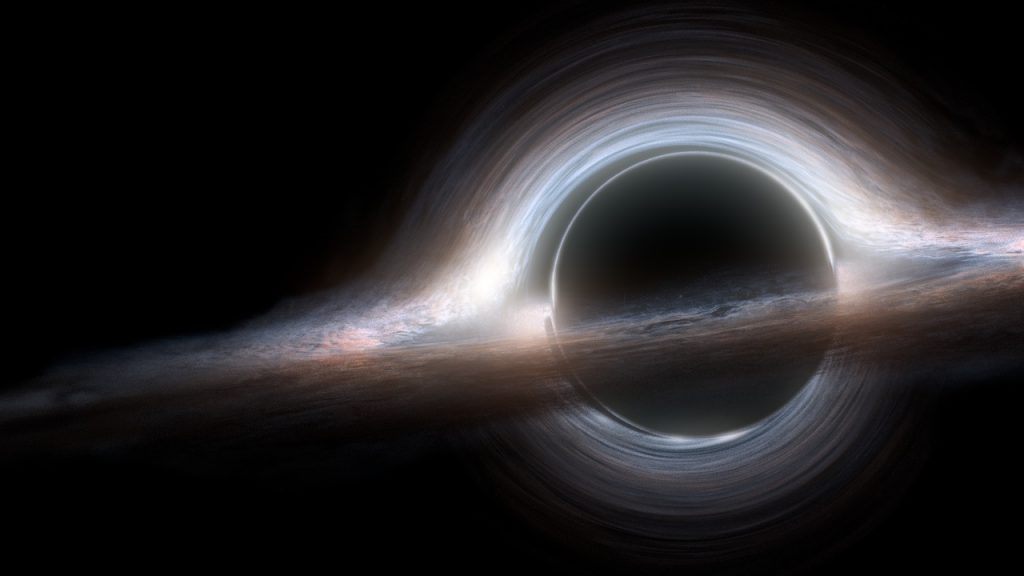“Do you realize that if you fall into a black hole, you will see the entire future of the Universe unfold in front of you in a matter of moments and you will emerge into another space-time created by the singularity of the black hole you just fell into”
– Neil deGrasse Tyson
Don’t let the name fool you: a black hole is anything but empty space.

What is a black hole and why do we call it as such? By definition, it is a space object that is so dense that even light can’t escape its own gravitational force. We know that gravitational force is proportional to the mass of the object. Even though a black hole is relatively small, it has a high density and hence a huge mass. Therefore, it has an enormous gravitational force. So far, all images we have seen of black holes are computer generated or hand-drawn by artists using their imagination. However, a group of scientists have succeeded in taking a real photograph of a black hole. A photograph which could change perspective of the all the black hole enthusiasts in the world.
Capturing this historic photograph
This black hole is located on the Messier 87 galaxy which is 55 million light-years away from earth. With the current technology it’s quite impossible to a take a good photograph of it using any telescope. Further, 55 million light-years is so far that taking this photograph is like taking picture of an orange placed on the surface of the moon using a simple telescope. Considering the distance and the condition of the space in between, scientists had to find a new method to capture this image.

When scientists calculated the size of the telescope that was needed to capture this image, they were shocked. They needed an Earth sized telescope. It is not practical to build such a telescope. So the team came up with an idea to link 8 radio telescopes from around the Earth to make the virtual Earth sized telescope that they needed to take this photograph. Finally, scientists gathered months of data produced by these 8 radio telescopes and combined them together using an algorithm to get a much clear photograph of this black hole. Katie Bouman, a lead scientist in the project, explains the algorithm used to combine this data in the following video:
After months of collecting data and combining them to make a single photograph, the team succeeded in publishing the first real photograph of a black hole on the 11th of April 2019. This historic image proves Einstein’s theory of relativity and many other theories that laid around black holes.
Image Credits:
References:

